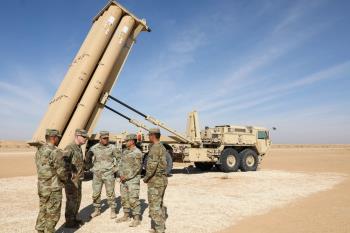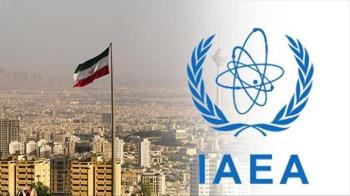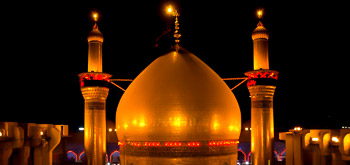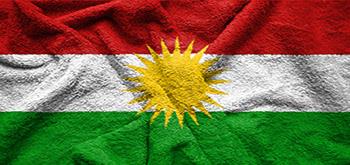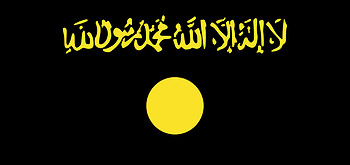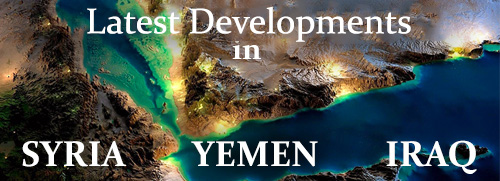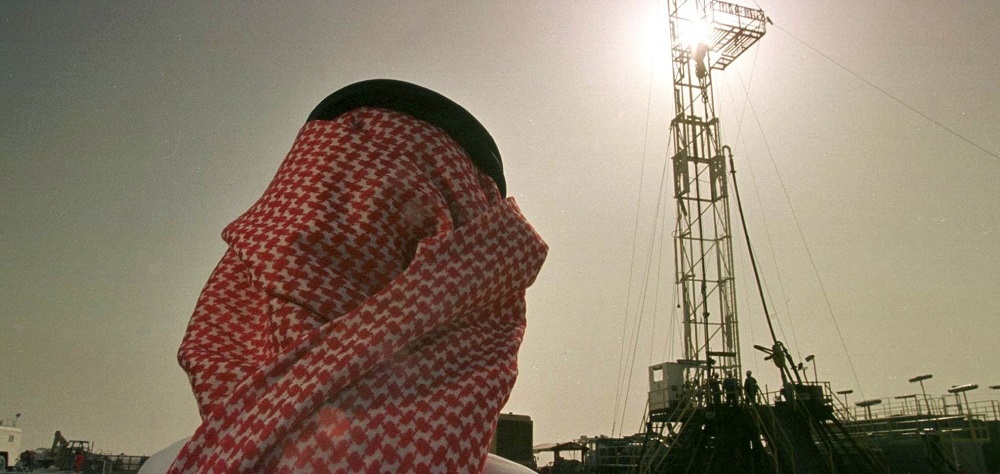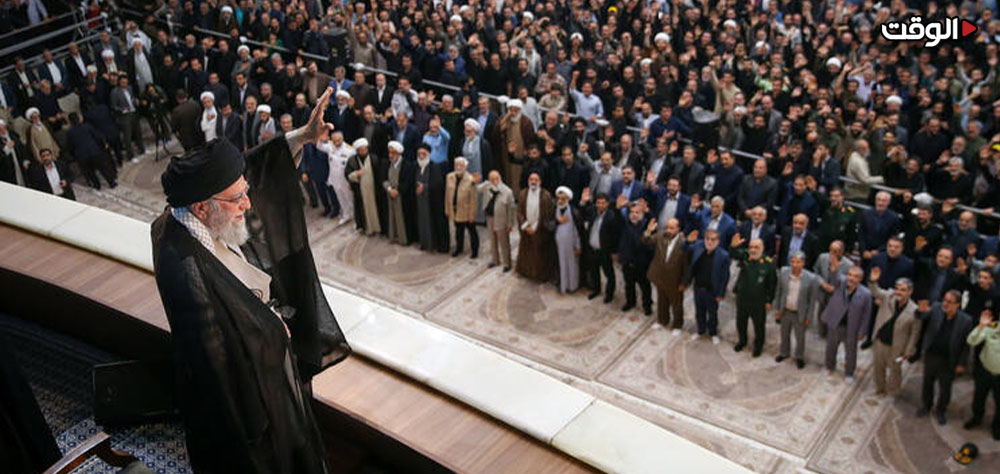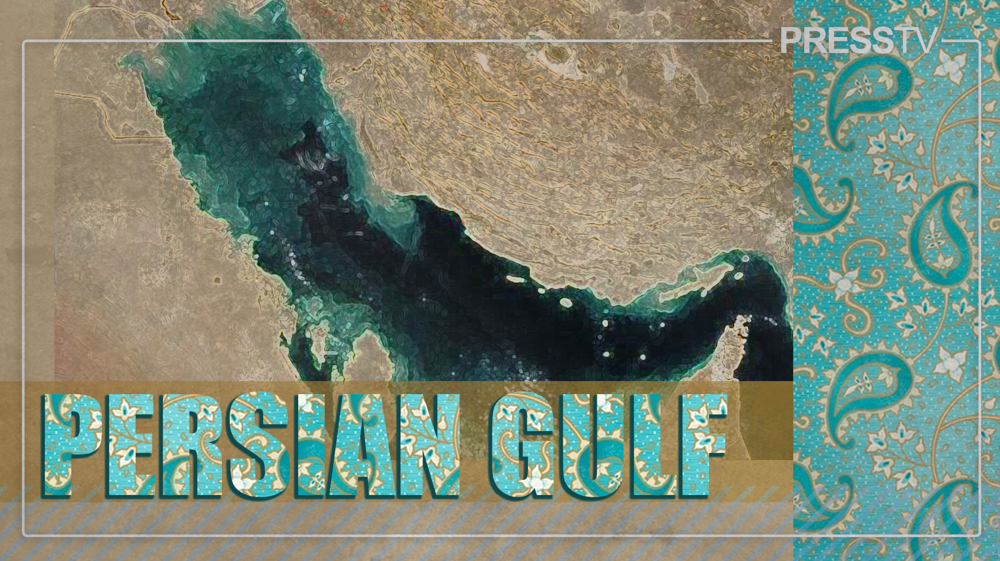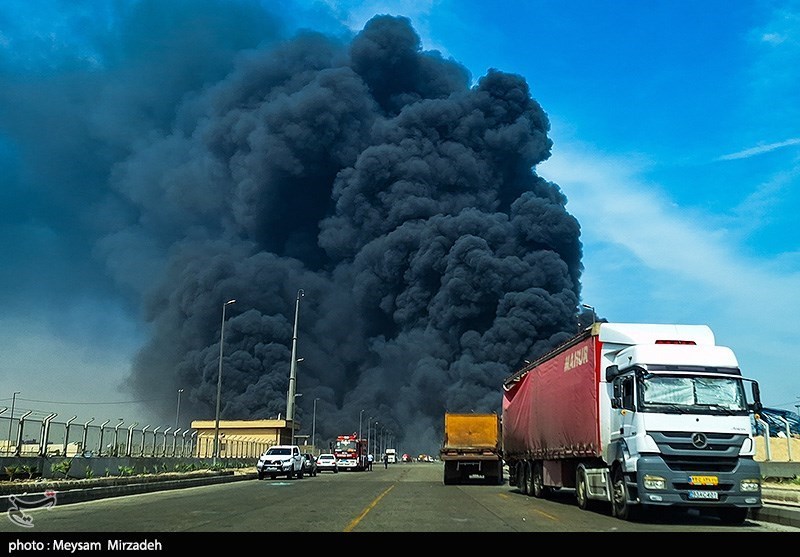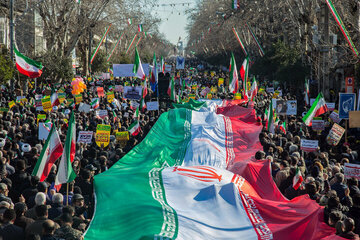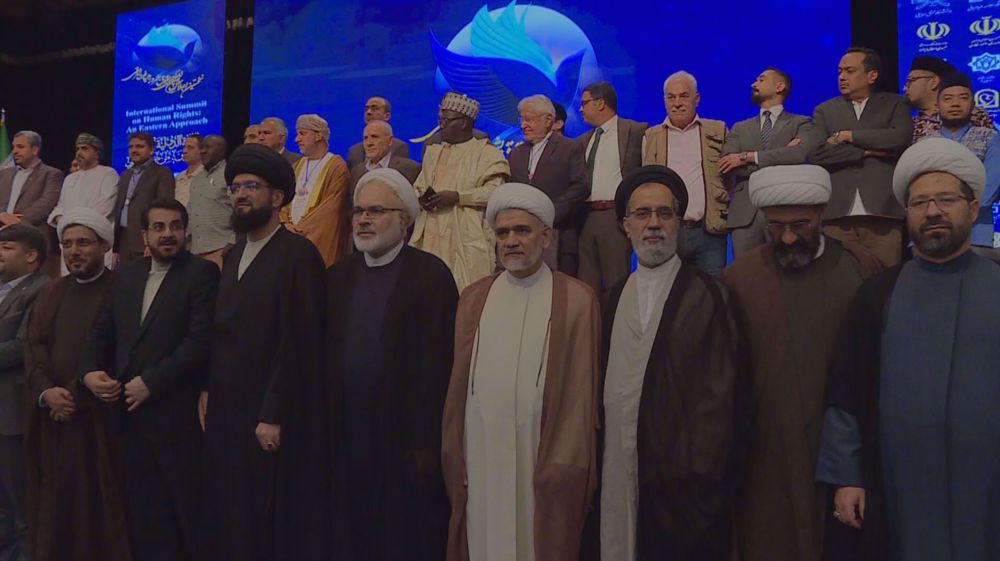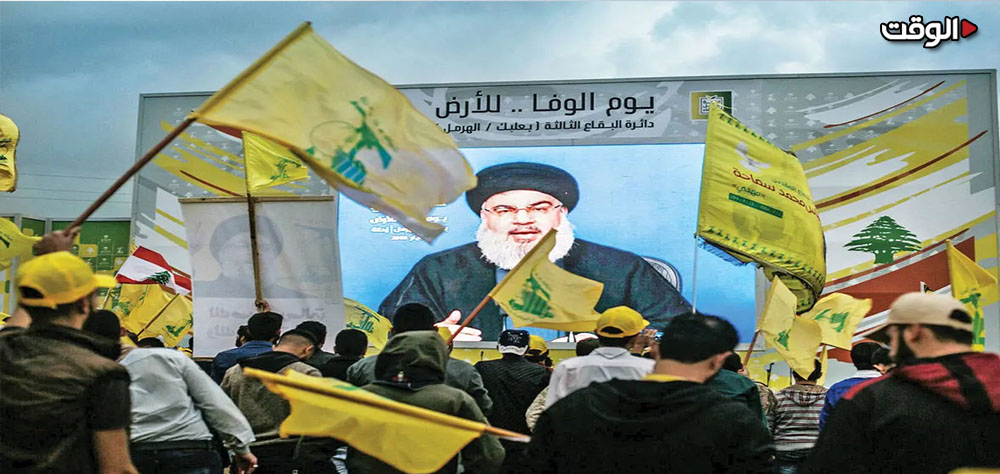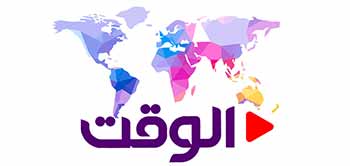Alwaght- The proven oil reserves in Saudi Arabia are the second largest in the world and the Persian Gulf country stand as the world’s biggest oil exporter. In recent years, the kingdom worked on expanding its non-oil exports, but oil remains main source of income of the state.
The economy and budget rely highly on oil revenues. Figures published by various rating agencies suggest that oil accounts for 90 percent of the Saudi exports and the state income relies by 70 percent on crude production. The strong point of the Saudi economy in comparison to regional economies like Iran is its foreign reserves that are available at any time. Still, the kingdom’s economy remains bearing the brunt of oil prices fall and the resultant challenges.
Recent report issued by Saudi oil ministry shows that Riyadh will keep its oil production between 10 and 11 million barrels per day in 2017. In past three years, reduced oil production considerably cut Saudi Arabia incomes but recent global arrangements restored calm to the oil market amid production levels stability.
In 2017, oil revenues will see improvement. Mohamad al-Qahtani, a senior official of the Saudi oil giant Aramco, recently told the media that new terminal launching will add to the kingdom’s output, pushing it to move from present 11 million barrels to 15 million per day. He further said that output increase is encouraged by rising demand. He, additionally, expected $128 billion worth of oil sales in 2017 in comparison to $87 billion in 2016.
Three years after King Salman’s ascension to the throne, Saudi Arabia is still grappling with sagging oil prices. Government figures show that 2016 oil sales contracts dropped by 40 percent compared to 2015. This means continued economic hardship. But experts link the economic troubles also to Saudi intervention in Syria, Yemen, and Bahrain which forces up its spending. Upon assumption of power, King Salman in 2015 unleashed a torrent of money to ordinary Saudis and bonuses to the state employees. The giveaway cost him over $36 billion, adding new burden to the oil-dependent economy, according to the economists.
Saudi Arabia has been dealing with an array of hardships during the past four years of oil prices dropping. Contractors have declined to pay in time their employees, many companies laid off many workers, and unemployment rose. The government introduced austerity measures to the economy and cut its employees' salaries.
According to Jones Lang LaSalle, an American real estate investment company, the austerity cut the purchasing power of the Saudi citizens in the housing sector. Saudis were top on the list of the region’s wealthy people two years ago, but now their economic conditions deteriorated. The government has spent big money to solve their housing problems, but bureaucracy stands as a firm hurdle ahead of success of the government’s real estate policies. After burning through its huge reserves in 2015, Saudi Arabia ended up borrowing $17.5 in its first international bond issue in October 2016.
Challenges in numbers
Very recent figures show that Saudi Arabia has yet to recover from the economic troubles hit it for four years. Mohamad al-Tuwaijri, the deputy finance minister, declare cutting the deficit by half in 2017 due to fall in the government spending, but he said it was yet high.
The deficit slashed to 297 billion Saudi rials ($79 billion) in 2016 from the 367 billion ($97 billion) in 2015. The state budget predicted more reduction of the deficit possibly to 198 billion Saudi rials ($52.7), equal to 8 percent of the country’s Gross Domestic Production, as optimism about oil prices rise and non-oil exports grows.
The 2017 budget also foresees 890 billion Saudi rials ($237.2) for the government expenses while 692 billion Saudi rials ($ 184.4) income is expected. A report by central bank notes that the foreign reserves dropped by 13 percent in 2016 to $536.4 billion from the $616.4 billion in 2015.
Low oil prices have always been challenging to the oil-dependent economies. The regional countries have been affected by these challenges in past four years. In this list, Saudi Arabia had a special place due to its large share in oil market.
Amid ongoing troubles, Mohammad bin Salman's installation to the post of crown prince, which solidifies his power and paves the way for his replacement with his aging father as a king, prompted new concerns. He is expected to introduce tighter austerity measures while oil incomes are cut by half. The economists argue that the citizens are accustomed to the government subsidies and other financial support forms and any sudden spending cuts unleash despair across the country.
However, Saudi Arabia argues that spending cuts in past year have proven constructive and yielded the desired results but it still insists that it needs to reduce reliance on oil incomes to tackle similar difficulties in the future.
International researches recommend that Saudi Arabia find a remedy to its budget deficit, otherwise, as Brnestein Institute puts it, the kingdom needs $80 per barrel to soften the deficit by 2020. The International Monetary Fund, on the other side, maintained that Saudi leaders risk draining their financial assets in five years if they fail unveil stricter austerity policies and in a broader time reform the economy.

